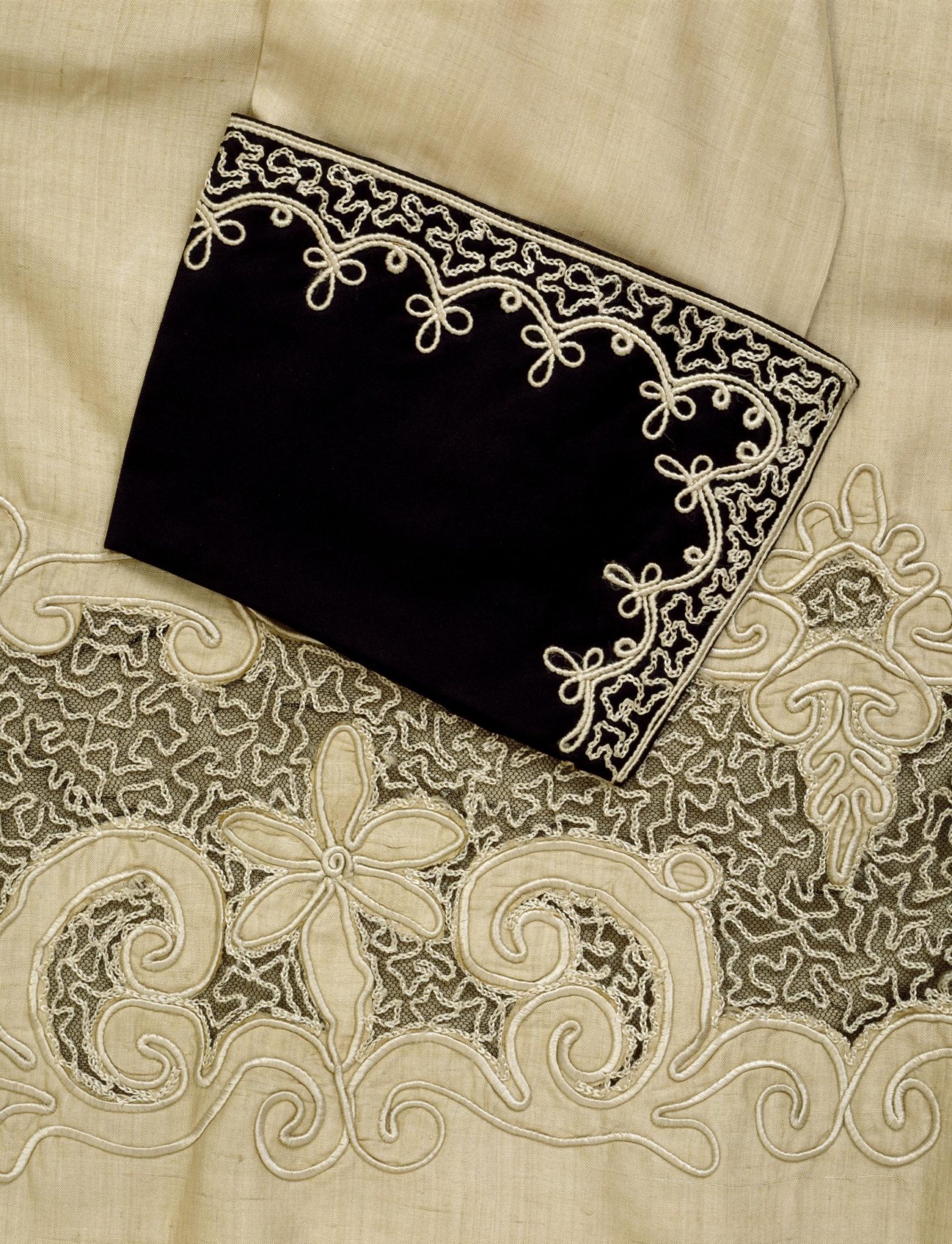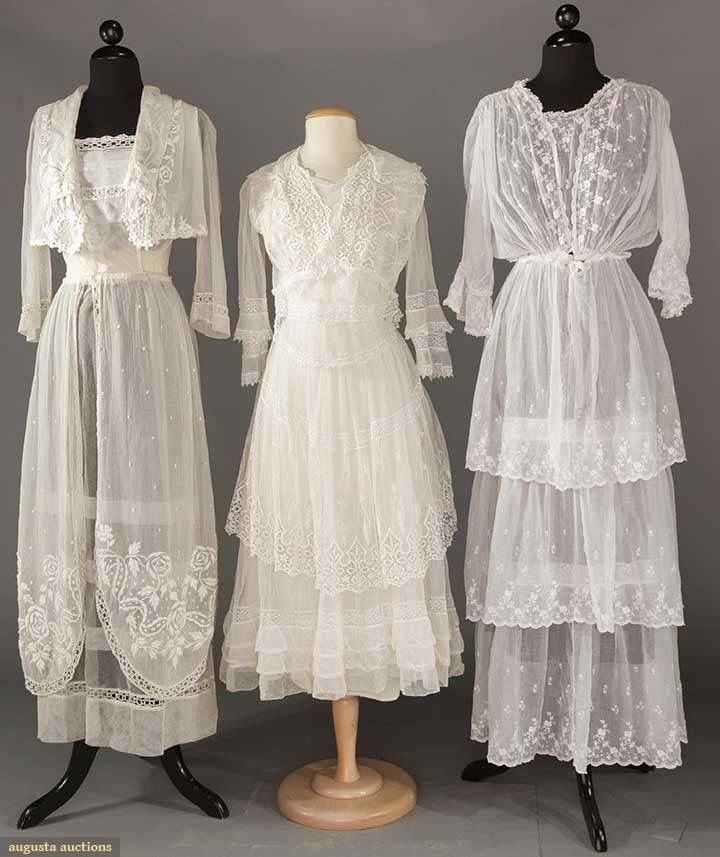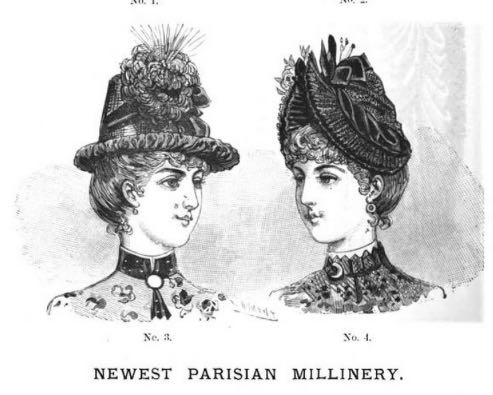Terminology: Tussah Silk
This post didn’t start out as a terminology post! I was going to show you more images from my Spring 1915 Standard Mail order catalogue – and thought I would do some terminology explorations along with it. I started writing about the dresses and the terms mentioned, and the post got longer, and longer, and longer… So I’ve cut it apart, and will just focus on one term: tussah silk. It’s featured in my least favourite dress on the page: the brown floral number with the ruched midriff. Tussah Silk (also Tussar silk, Tushar silk, Tassar silk, Tusser silk or kosa silk) Tussah silk comes from a variety of silkworms that eat oak leaves, and other leaves high in tannin, rather than mulberry leaves. The tannin in the leaves gives tussah silk its characteristic pale gold colour. The filaments of tussah silk are much thicker and stronger than standard silk, and are oval instead of round. Because the initial threads aren’t as fine, tussah silk cloth has a coarser hand than regular silk, and often …



